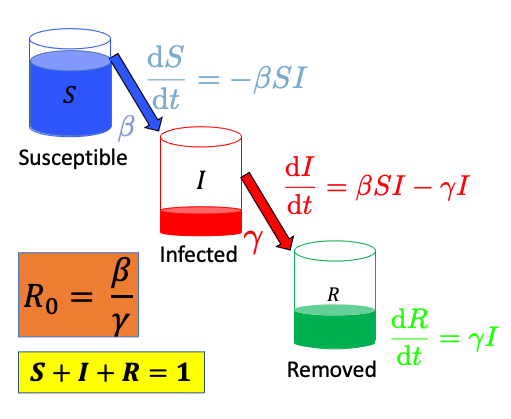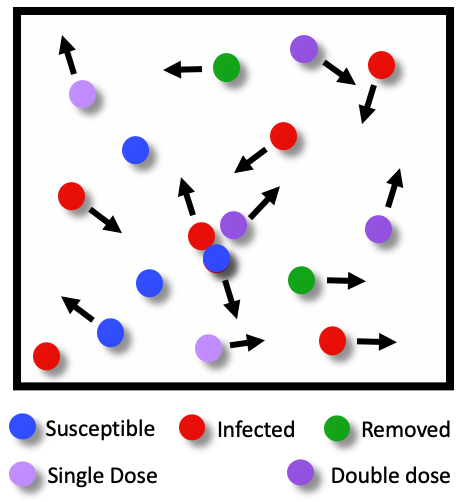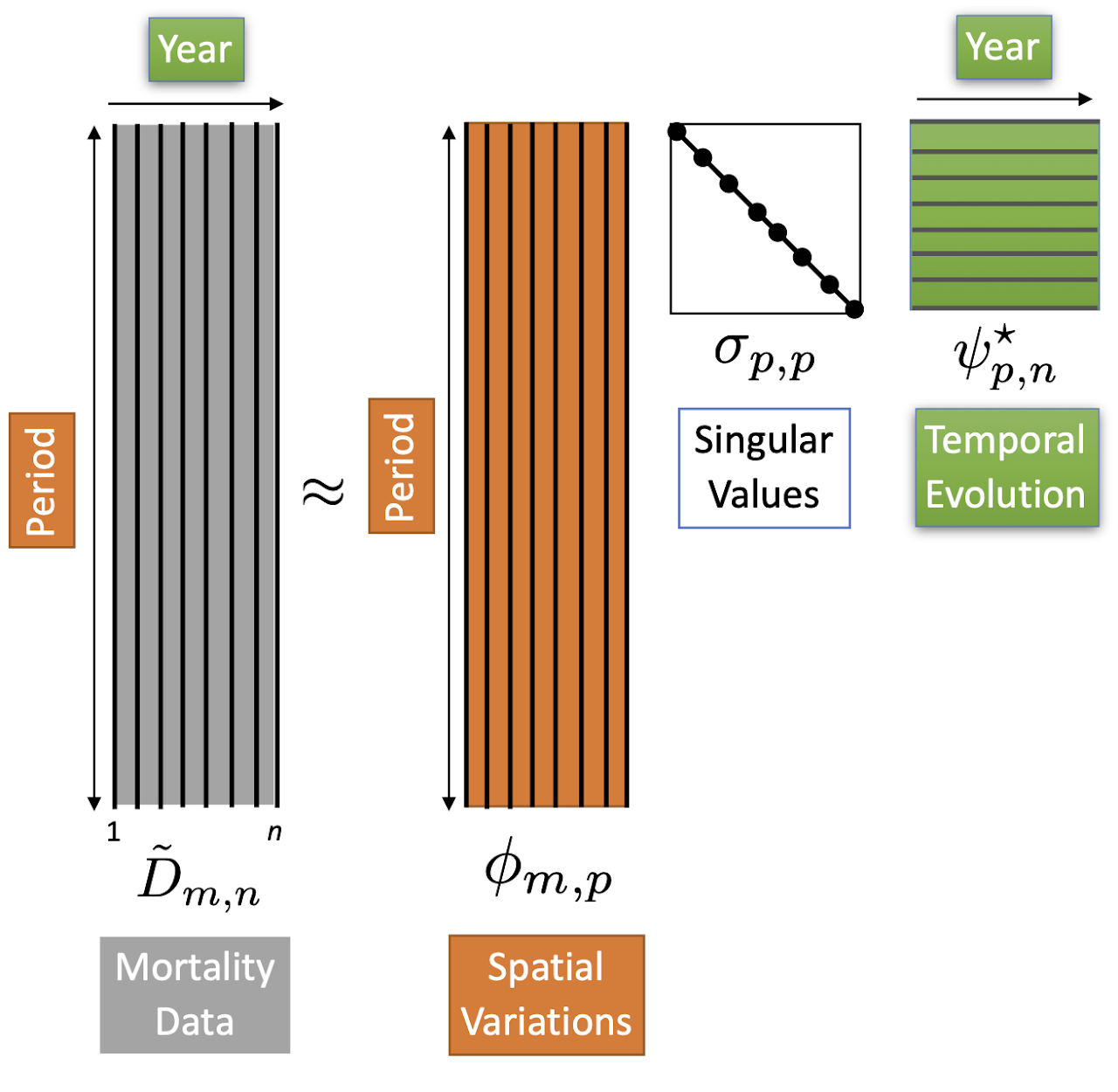National Institute of Disaster Management (NIDM), MHA, India accelerates efforts on the preparation for the Third wave based on our study. Report: https://nidm.gov.in/PDF/pubs/TWPCVR_2021.pdf
Predictions for COVID-19 outbreak in India using epidemiological models .
In response to the COVID-19 outbreak, our group also worked on successful modeling and predictions of the second wave in India. .

The classical SIR (Susceptible-Infected-Removed) model is incorporated for Indian COVID-19 scenario to estimate the COVID-19 course. The SIR model requires only two parameters- infection rate and recovery rate- to predict the progression of the epidemic. These parameters are estimated based on the best fit with the infection and recovery data. This simple model in many ways is more reliable than more complex approaches in which some underlying parameters are assumed in absence of actual data. Data-driven improvements are incorporated to predict the decline of the epidemic based on available recovery rate data .

COVID-19 vaccine efficacy against changing variants of Coronavirus remains a concern. We have proposed a Monte-Carlo simulation based model to estimate the vaccine efficacy against a give strain based on vaccination, infection, hospitalization and death data. This model can be used to estimate the intensity of future outbreaks.

Mortality during the COVID-19 period can be higher than those reported in daily bulletins due to logistical issues, local policies for identification of a COVID-19 death etc. Therefore, excess mortality (EM) based on actual all-cause mortality and expected mortality (from historical data) is used to estimate the actual impact of COVID-19 in a given region. Typically there is large uncertainty in EM if the expected mortality is not estimated reasonably. We have proposed a robust excess mortality model based on the principal component analysis (PCA) approach. This model provides reasonable estimates of EM for India and other regions in the world.